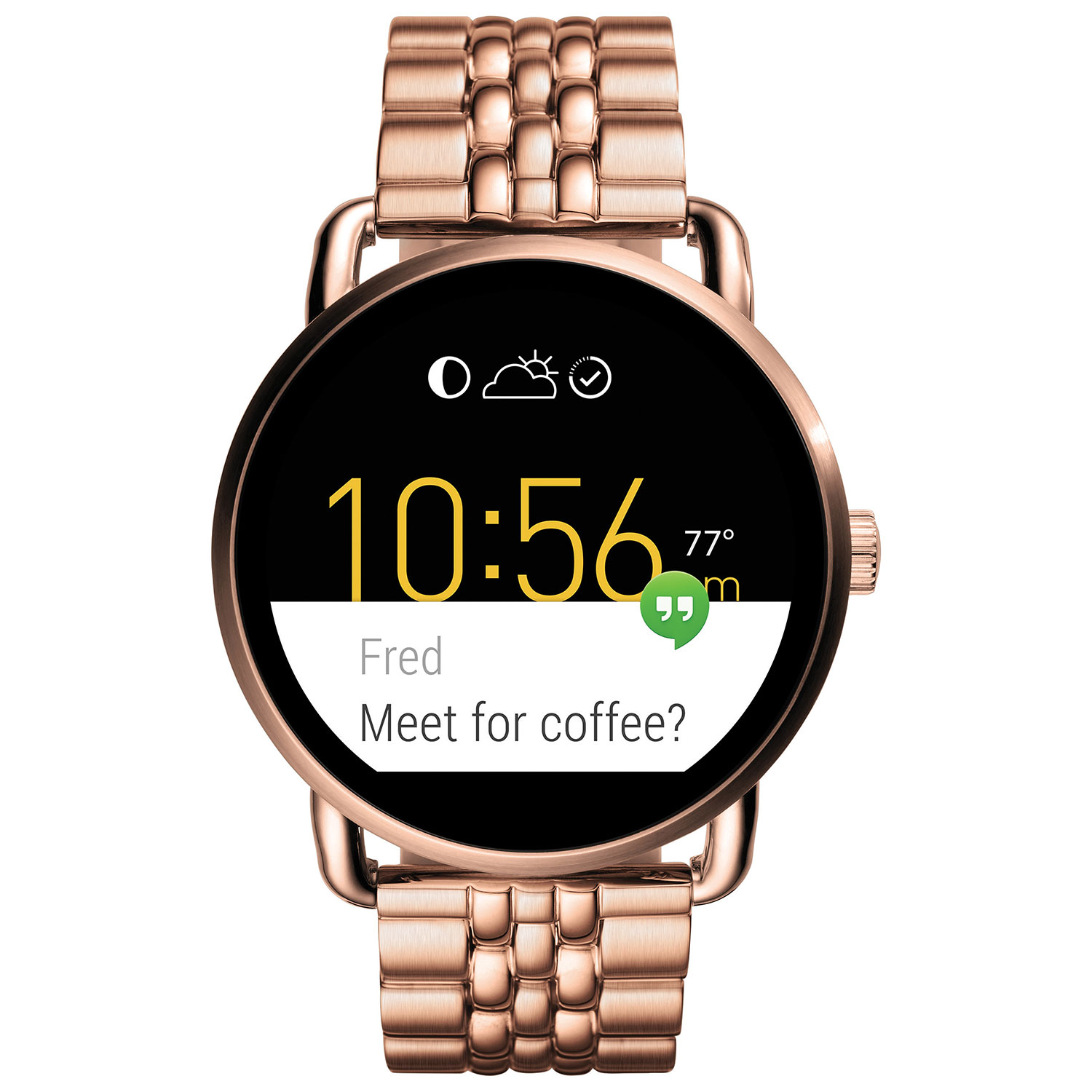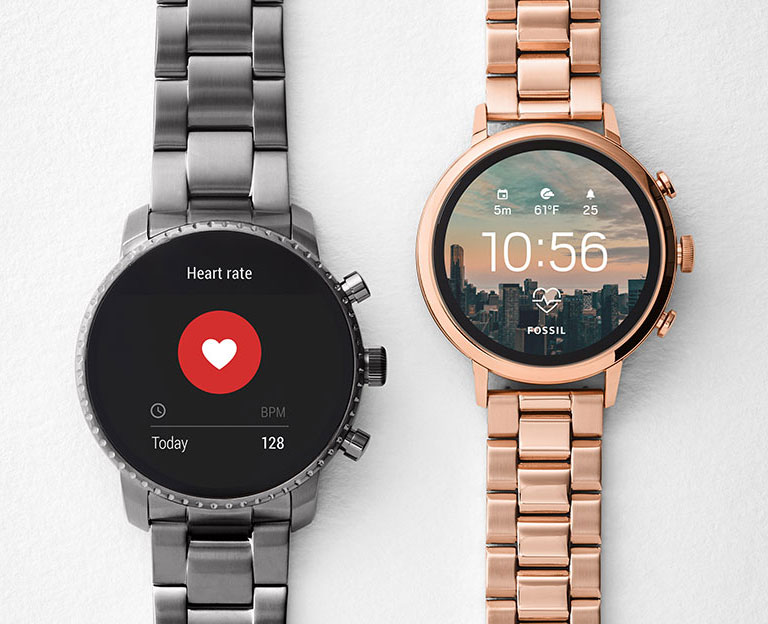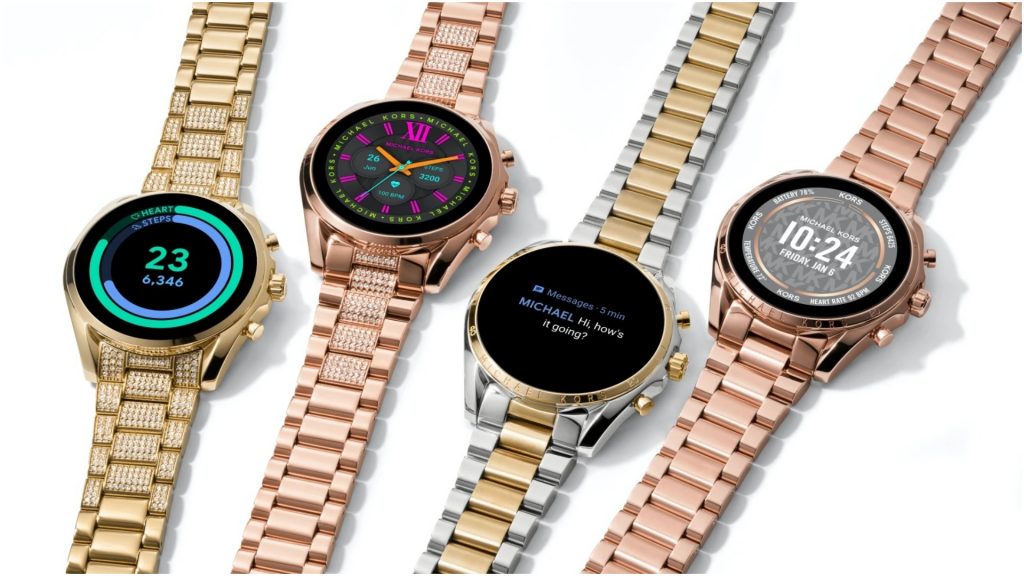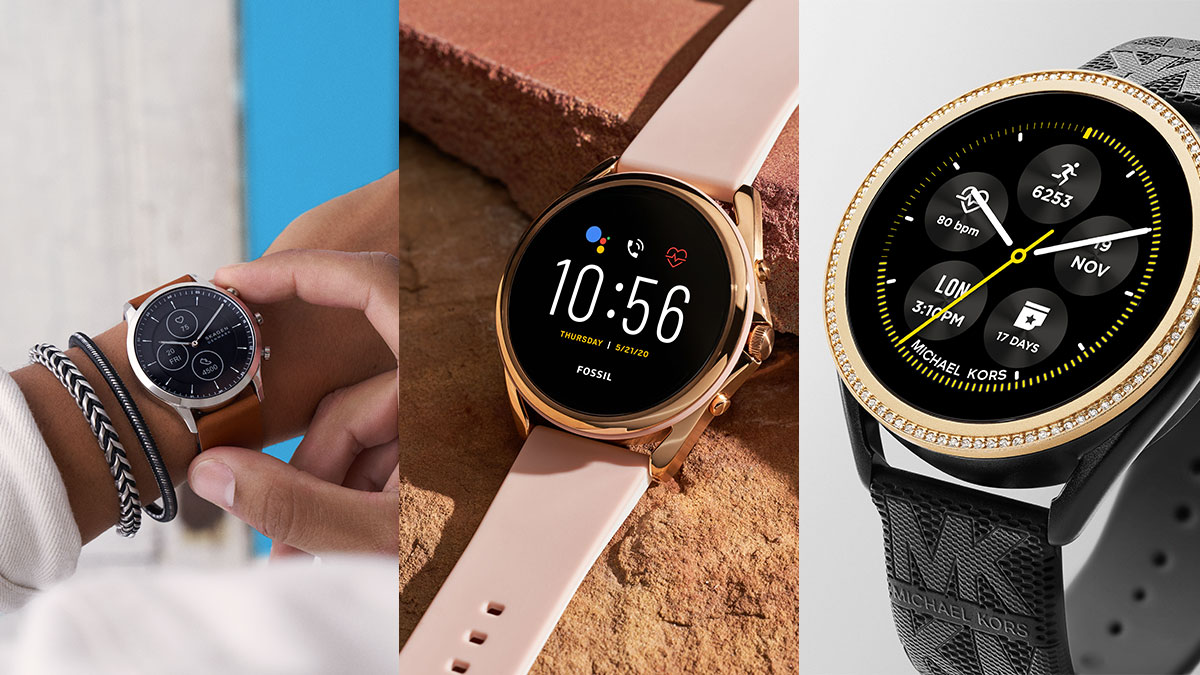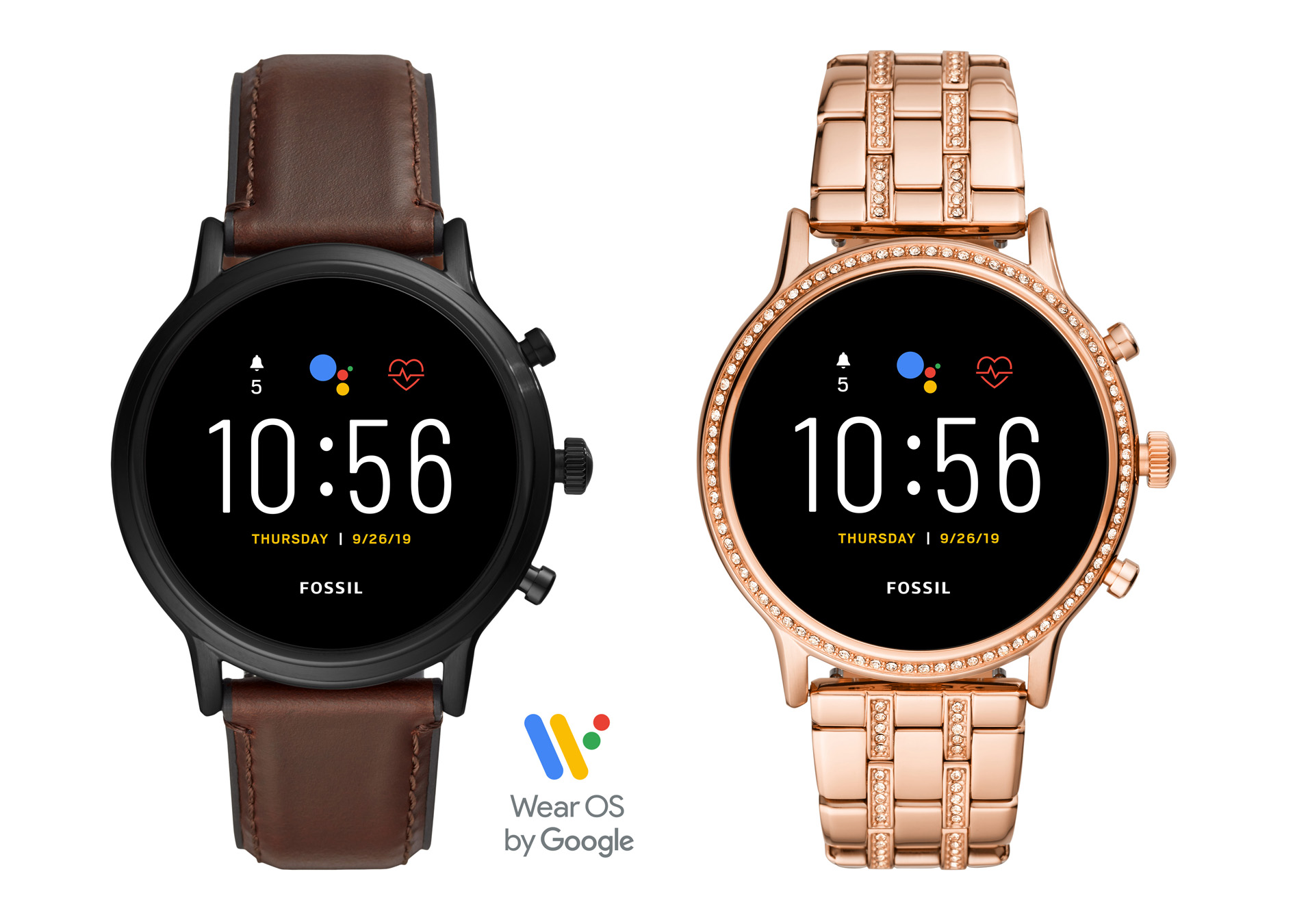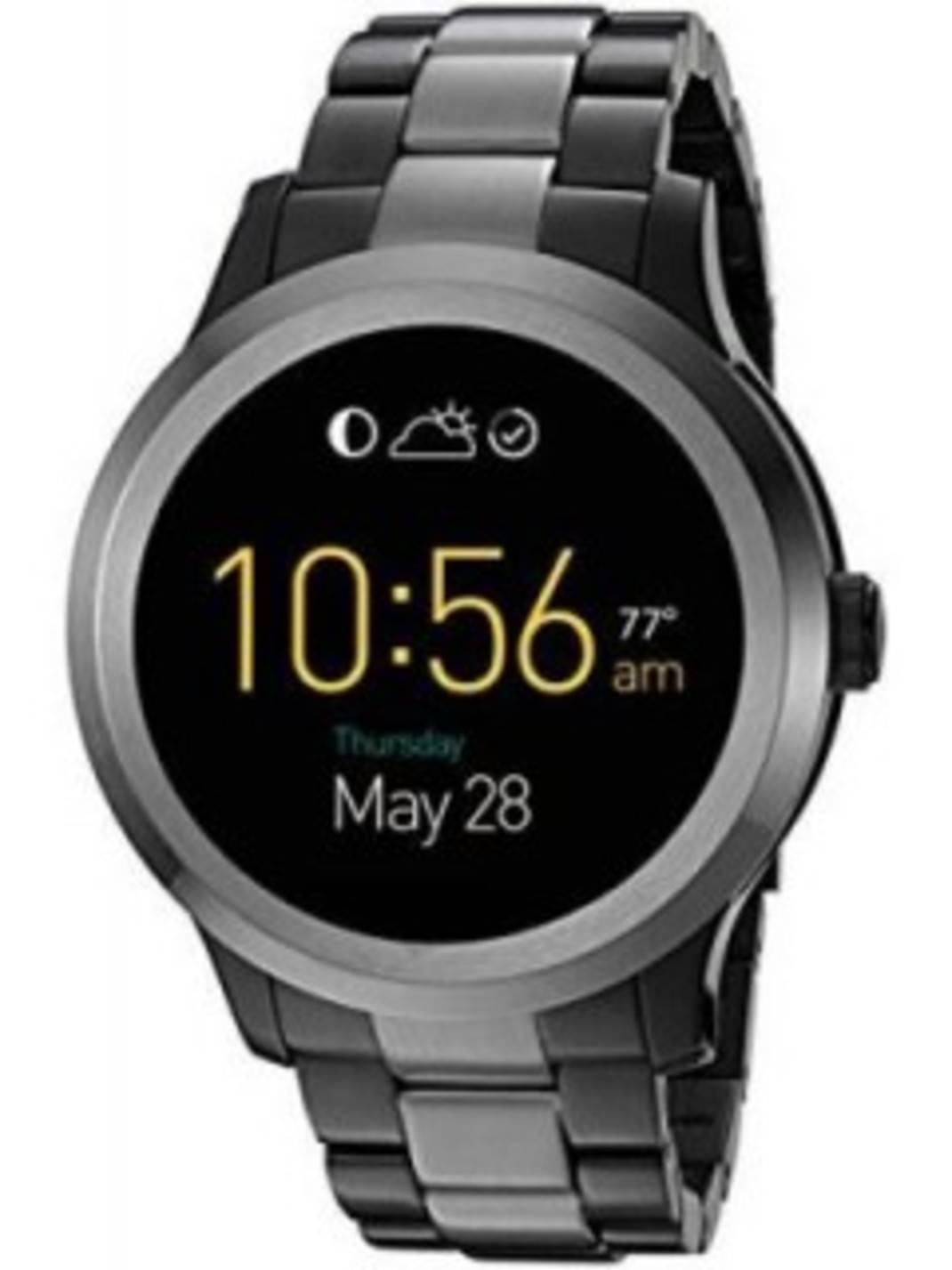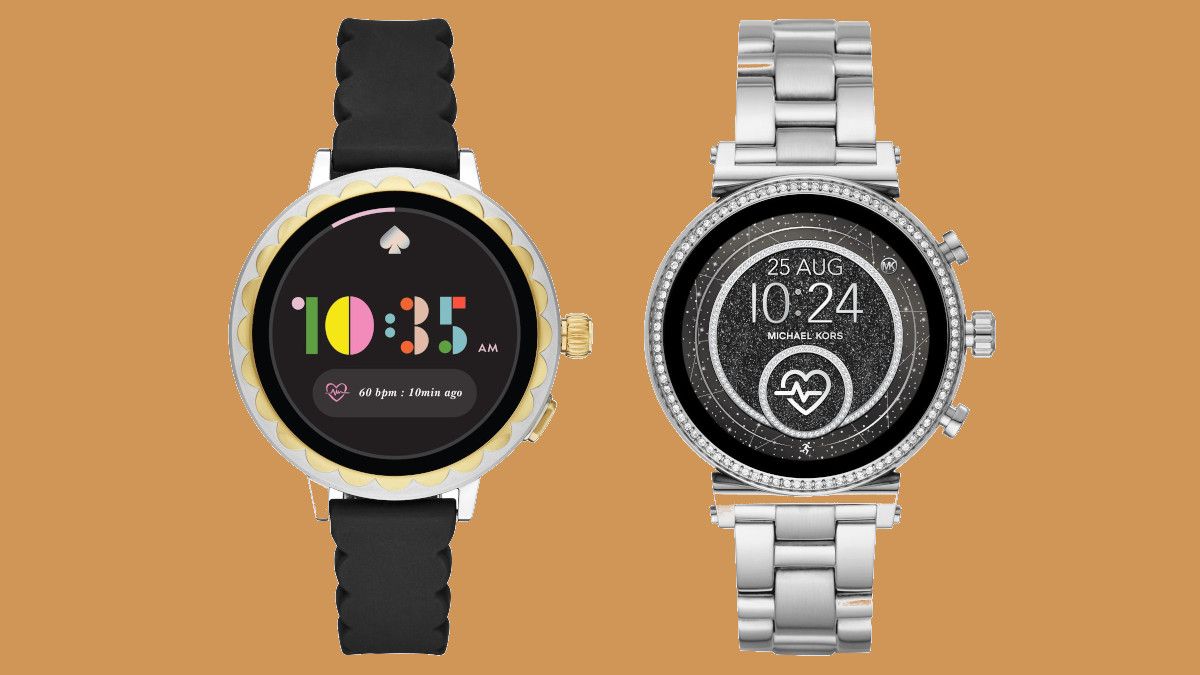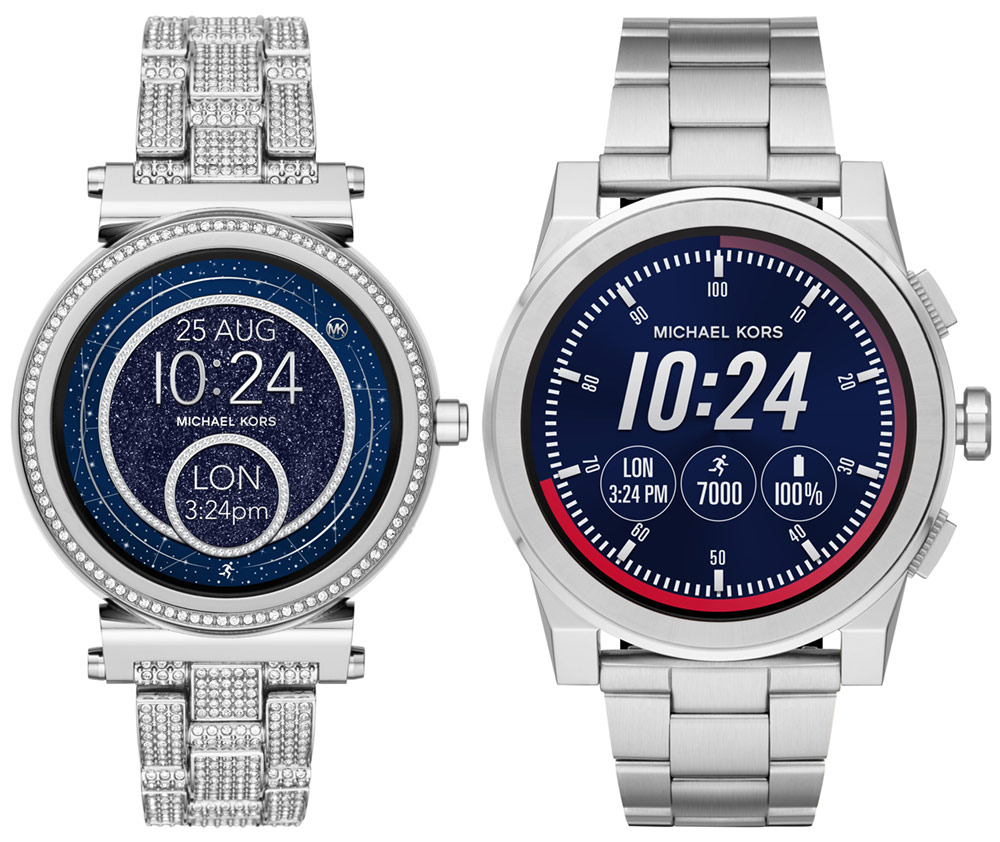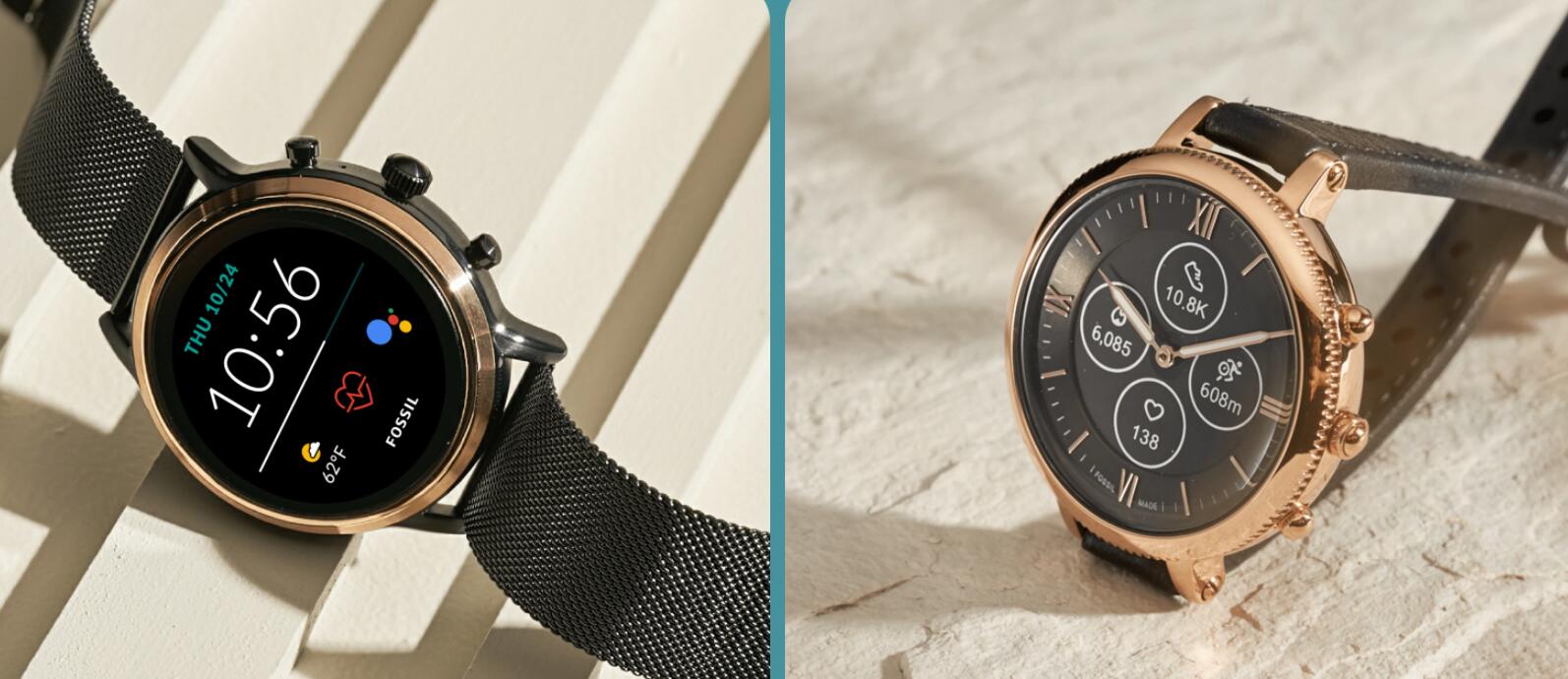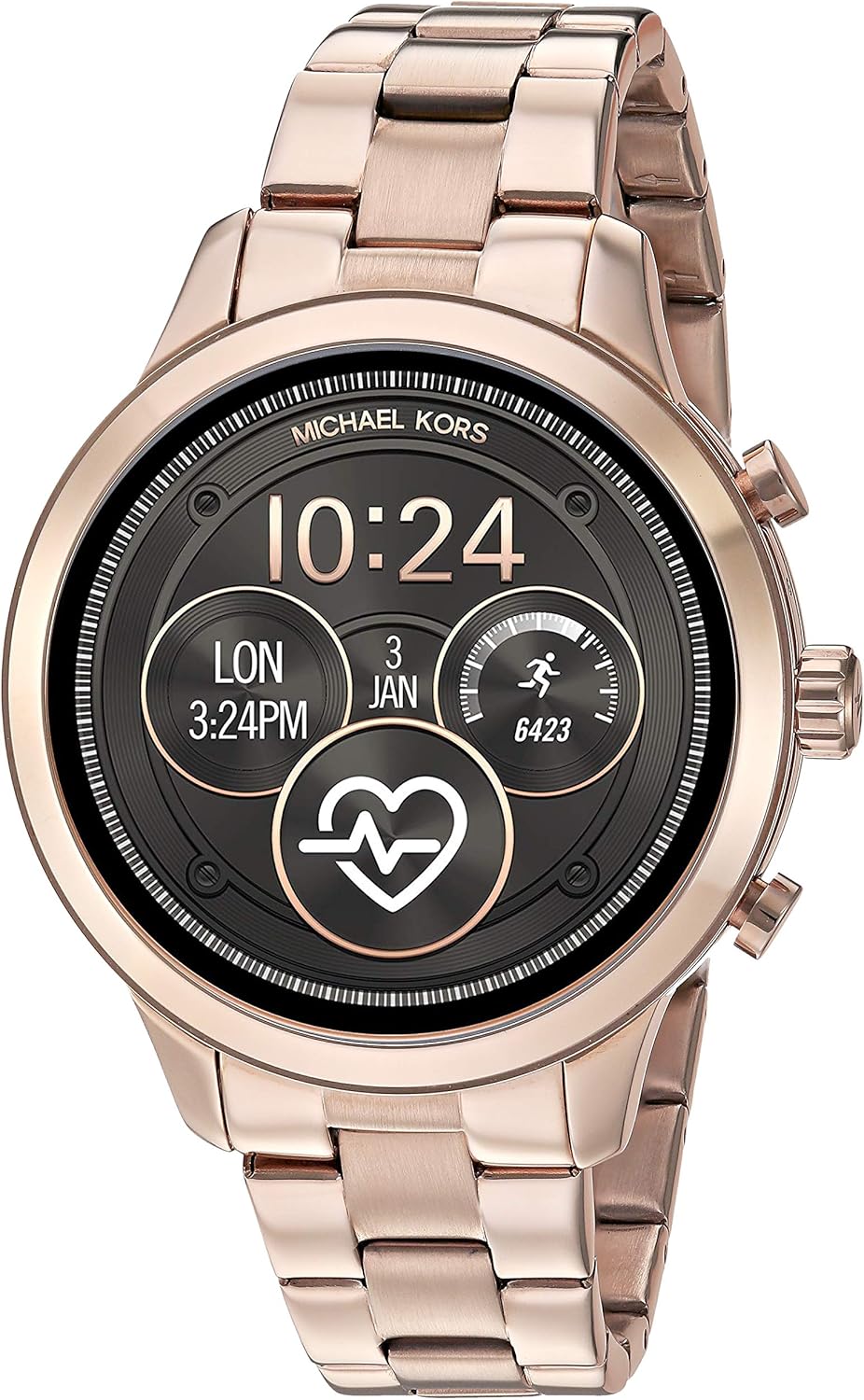Fossil Smartwatch Vs Michael Kors Smartwatch

The smartwatch market offers a variety of options, blending technology with fashion. Two prominent contenders in this space are Fossil and Michael Kors, both leveraging the Wear OS by Google platform. Understanding the nuances between these brands can help consumers make informed decisions based on their needs and preferences.
This article will compare and contrast Fossil and Michael Kors smartwatches, focusing on design, features, performance, and target audience.
Design and Aesthetics
Fossil smartwatches generally aim for a classic, versatile aesthetic, often drawing inspiration from their traditional watch designs.
They offer a broader range of styles, from rugged and sporty to minimalist and elegant. Michael Kors, on the other hand, leans heavily into a glamorous, fashion-forward image.
Their smartwatches typically feature bold designs, often incorporating embellishments like crystals and prominent branding. Case sizes and band options also differ, with Michael Kors frequently offering larger, bolder designs.
Features and Functionality
Both Fossil and Michael Kors smartwatches, powered by Wear OS, offer similar core functionalities.
These include activity tracking (steps, heart rate, sleep), smartphone notifications, customizable watch faces, and access to the Google Play Store for apps. GPS, NFC for contactless payments via Google Pay, and microphone/speaker for calls and Google Assistant interactions are also common features.
However, specific models may vary in terms of advanced features like blood oxygen monitoring (SpO2) or more comprehensive fitness tracking modes. Battery life is a known challenge with Wear OS devices, and both brands typically offer similar performance, generally requiring daily charging.
Performance and Hardware
The performance of both Fossil and Michael Kors smartwatches is directly tied to the processor used.
Historically, Wear OS devices have faced criticism for lagging performance, but newer chipsets, such as the Qualcomm Snapdragon Wear 4100+, have improved responsiveness. Both brands utilize these chipsets in their later models. This means that performance differences are often marginal and depend more on software optimization and usage patterns than inherent hardware limitations.
Screen quality, RAM, and storage capacity are also crucial factors influencing the user experience, and these specifications can vary across different models within each brand's lineup. Users can find detailed specs on the official websites of both brands.
Target Audience and Pricing
Michael Kors smartwatches primarily target fashion-conscious consumers who prioritize style and brand recognition. The price point typically reflects the brand's premium image.
Fossil aims for a broader audience, offering a wider range of styles and price points to appeal to diverse preferences and budgets. While still fashion-focused, Fossil places a greater emphasis on versatility and functionality.
This means consumers may find more entry-level options within the Fossil lineup. Pricing is highly variable and dependent on specific features, materials and design.
Conclusion
Choosing between a Fossil and Michael Kors smartwatch ultimately depends on individual priorities. If fashion and brand recognition are paramount, Michael Kors may be the preferred choice.
If versatility, a wider range of styles, and potentially more budget-friendly options are desired, Fossil offers a compelling alternative. Both brands provide access to the Wear OS ecosystem, ensuring a similar core functionality and app availability.
Consumers should carefully consider their individual needs and preferences when making their decision, paying close attention to design, features, and price points. It's also wise to compare specifications and read reviews before committing to a purchase.
